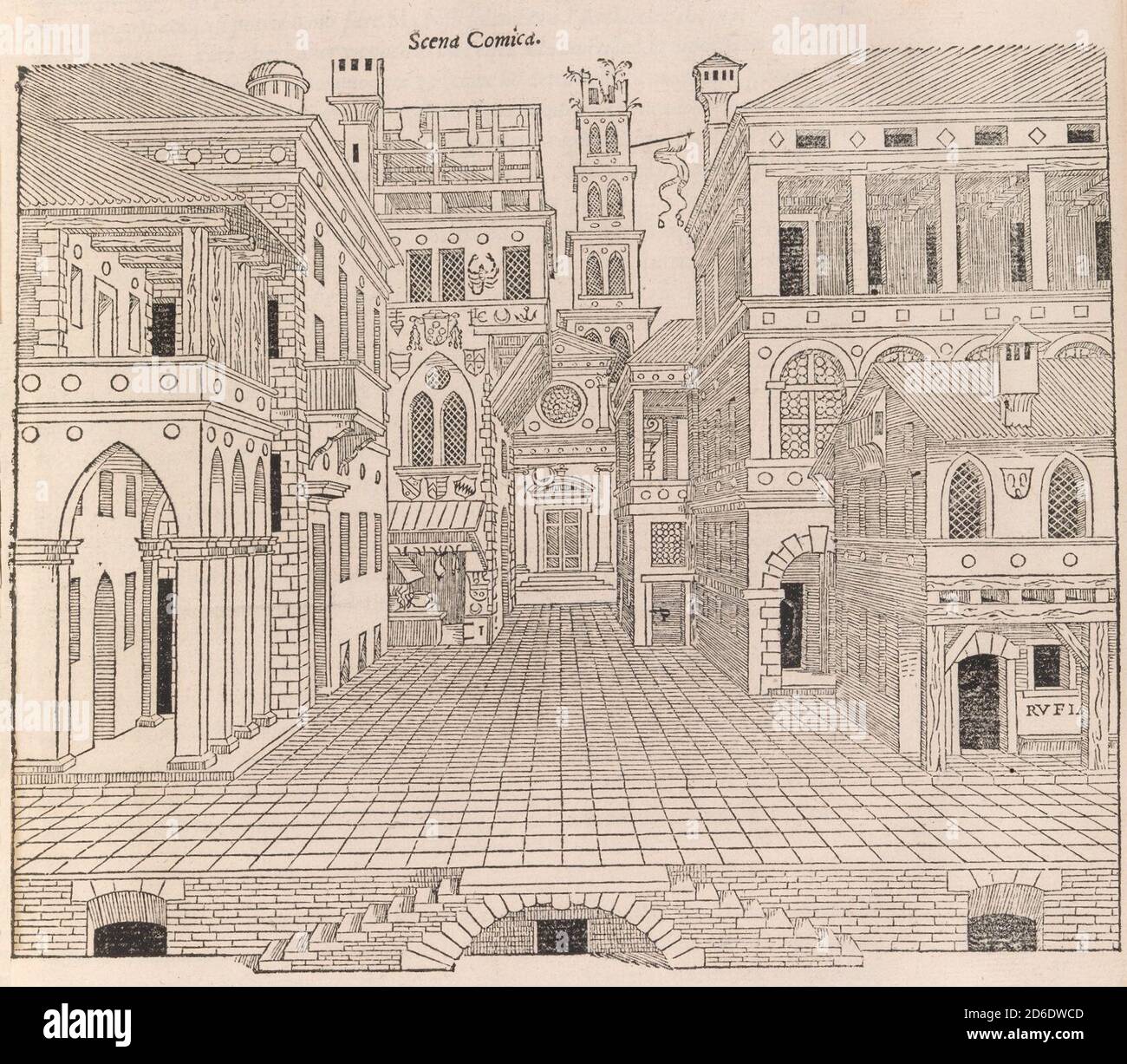
Exploring Serlio’s Architectural Legacy
A Journey Through History
Embark on a captivating journey through the architectural legacy of Sebastiano Serlio, a prominent figure in Renaissance architecture whose contributions continue to influence modern design. Serlio’s work serves as a bridge between the past and the present, showcasing timeless principles that remain relevant in contemporary architecture.
The Renaissance Architectural Vision
Serlio’s architectural vision was deeply rooted in the principles of the Renaissance, a period characterized by a revival of classical art and architecture. Inspired by the architectural achievements of ancient Rome and Greece, Serlio sought to revive the grandeur and elegance of classical design while adapting it to the needs of his time.
Innovations in Architectural Theory
One of Serlio’s most significant contributions to Renaissance architecture was his innovative approach to architectural theory. Through his influential treatises, such as “The Five Books of Architecture,” Serlio provided architects with practical guidance on various aspects of design, including proportion, ornamentation, and construction techniques.
Reviving Classical Forms
Central to Serlio’s architectural philosophy was the revival of classical forms and motifs. He championed the use of classical orders, such as Doric, Ionic, and Corinthian, as the basis for architectural composition, believing that they embodied principles of harmony and beauty that transcended time and culture.
Integration of Ornamentation
Serlio emphasized the importance of ornamentation in architectural design, viewing it as a means of enriching the built environment and expressing cultural identity. His intricate decorative motifs, inspired by classical antiquity, adorned facades, interiors, and architectural elements, adding layers of meaning and symbolism to his buildings.
Adapting to Contemporary Needs
While deeply rooted in classical tradition, Serlio’s architecture was also responsive to the changing needs of society. He recognized the importance of functionality and practicality in design, striving to create spaces that were not only aesthetically pleasing but also functional and adaptable to their users’ needs.
Legacy in Modern Architecture
Serlio’s influence extends far beyond the Renaissance period, continuing to shape architectural discourse and practice in the present day. His emphasis on proportion, harmony, and classical precedent resonates with architects and designers seeking to create timeless and enduring buildings that reflect a deep understanding of architectural history and tradition.
Inspiring Contemporary Design
In contemporary architecture, Serlio’s principles are evident in projects that draw inspiration from classical forms and motifs while embracing modern technologies and materials. Architects around the world look to Serlio’s work for guidance on how to create buildings that are both visually striking and culturally resonant, bridging the gap between past and present.
Preserving Architectural Heritage
Serlio’s architectural legacy also underscores the importance of preserving architectural heritage for future generations. His buildings serve as tangible reminders of the rich cultural heritage of the Renaissance period, inspiring admiration and appreciation for the craftsmanship and ingenuity of past generations.
Continuing the Conversation
As we continue to explore Serlio’s architectural legacy, we are reminded of the enduring relevance of classical design principles and the importance of bridging the past and the present in architectural practice. Serlio’s work serves as a testament to the timeless beauty and enduring value of architecture that transcends the boundaries of time and place. Read more about serlio

